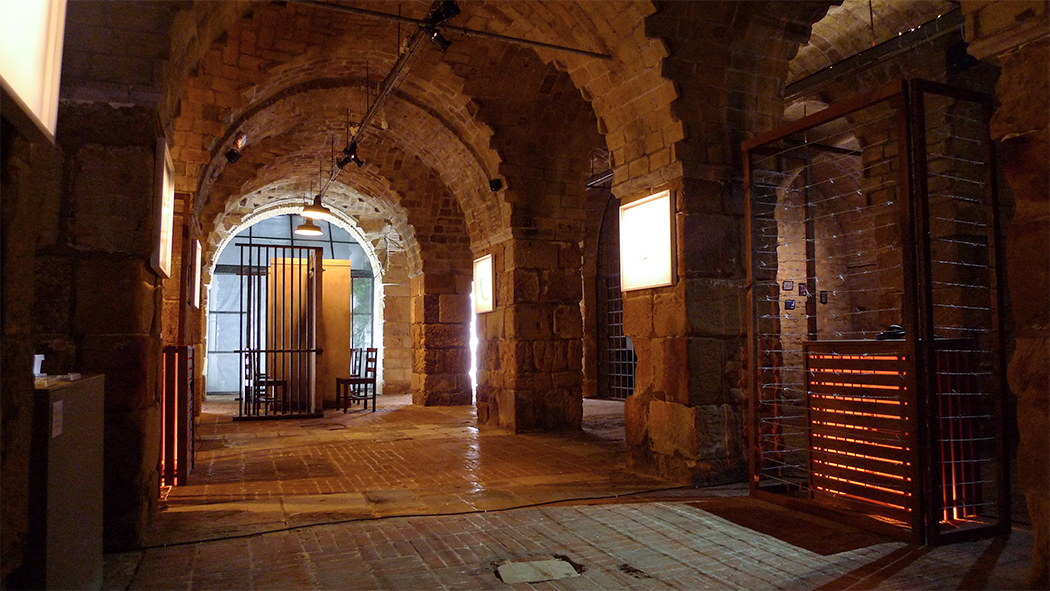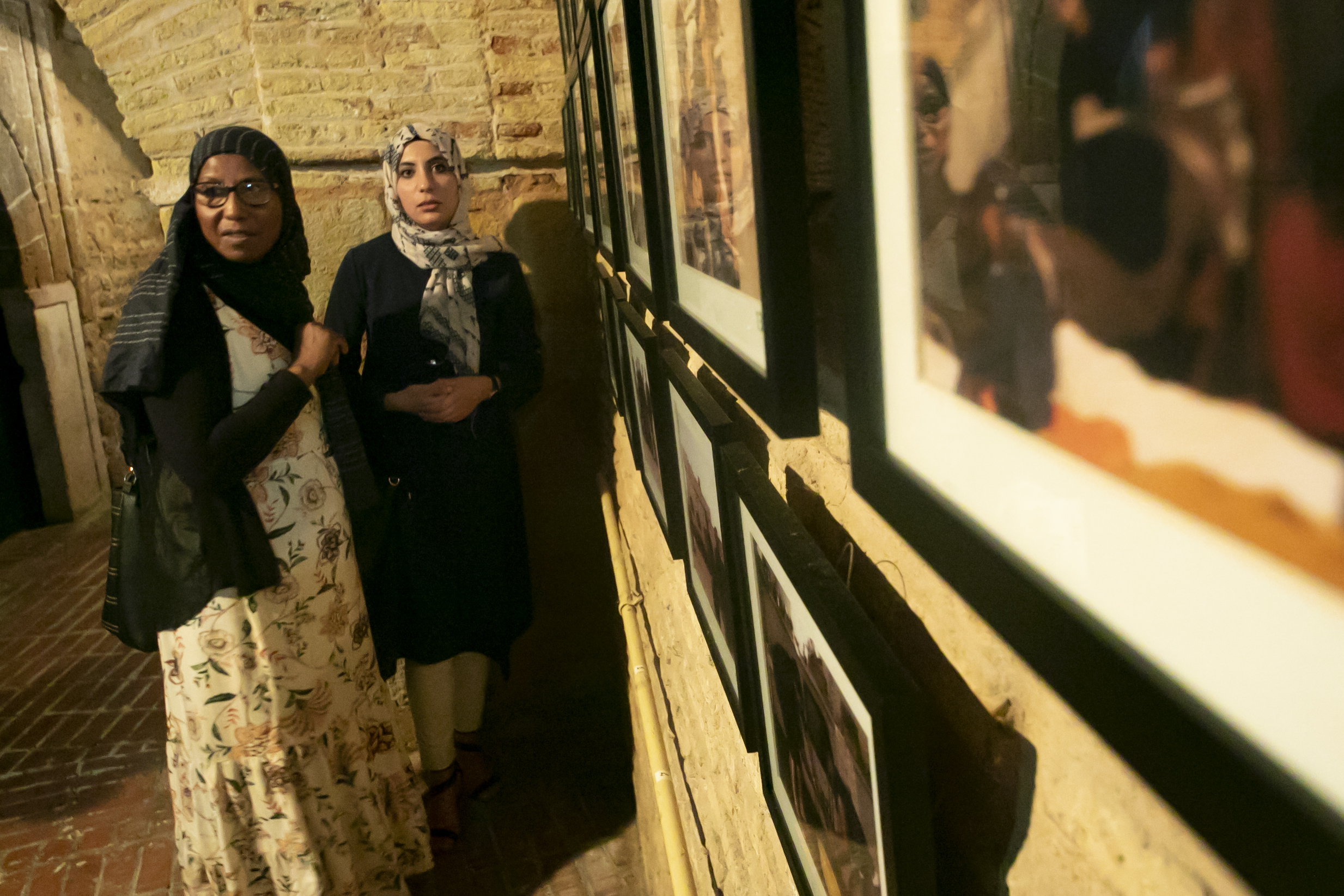On September 22, 2018, the International Center for Transitional Justice and the University of Birmingham launched Voices of Memory, an interactive exhibition inspired by a group of nine Tunisian women from across the country and from different generations. It is the first collective testimonial of Tunisian women who experienced the effects of repression under the Ben Ali regime.
In an effort to inspire visitors to envision a more just future for Tunisia, the women chose as the central motif for the exhibition the “Koffa,” the traditional Tunisian basket used to bring food to political prisoners. The Koffa, generally prepared with love and loaded with unwritten messages, was often arbitrarily denied to prisoners. It thus represents a loved one’s offering and a protest against forced separation.












